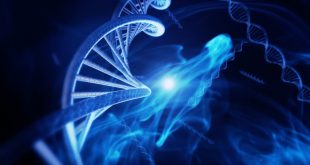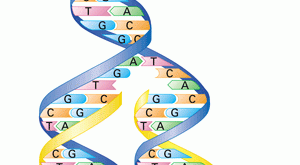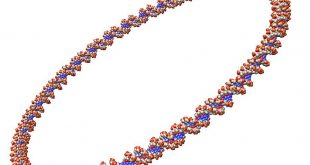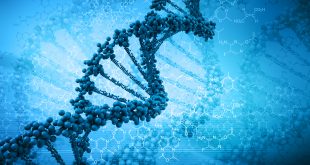Viruses are the smallest microbes on the planet. They are said to be so small that 500 million rhinoviruses (the causative agents of the common cold) could fit on the head of a pin. They are distinct in that they are only alive and capable of multiplying within the cells …
Read More »Taxonomy : Polymerase Chain Reaction
The polymerase chain reaction, generally known as PCR, is used in almost every application of gene technology. It is a method for rapid production of a very large number of copies of a particular fragment of DNA. Virtually unlimited quantities of a length of DNA can be produced from the …
Read More »The Structure Of DNA and RNA
One of the features of the ‘genetic molecule’ would have to be the ability to carry instructions – a sort of blueprint – for the construction and behavior of cells and the way in which they grow together to form a complete living organism. Another would be the ability to …
Read More »DNA Replication in Eukaryotes: Linear Replication
DNA replication in eukaryotes is a complex and unique process involving many enzymes and thousands of ORI at a single time. Unlike the prokaryotic DNA, it involves a linear mode of replication. Why does linear DNA replication involve multiple origins at a time? The large linear chromosomes in eukaryotic cell …
Read More »Replication in Circular DNA: Theta Model
Following Meselson and Stahl’s work, investigators confirmed that other organisms also use semiconservative replication. There are, however, several different ways that semiconservative replication can take place, differing principally in the nature of the template DNA—whether it is linear or circular—and in the number of replication forks. Replicon and Origin of …
Read More »The Discovery Of DNA Double Helix Structure : Watson & Crick’s Model
DNA or Deoxyribonucleic Acid is the hereditary material present in all living organisms through which genetic information of one generation is transferred to the next generation. Simply DNA is the structural & functional unit of heredity. DNA double helix is probably the most iconic of all biological molecules. Early Discovery …
Read More »DNA: The Genetic Material
In the 1870s, the observation that the nuclei of male and female reproductive cells undergo fusion in the process of fertilization leads to the decision that the cell nucleus plays a key role in inheritance. After that, when the cell is stained with the help of some when certain dyes …
Read More » Plantlet The Blogging Platform of Department of Botany, University of Dhaka
Plantlet The Blogging Platform of Department of Botany, University of Dhaka






